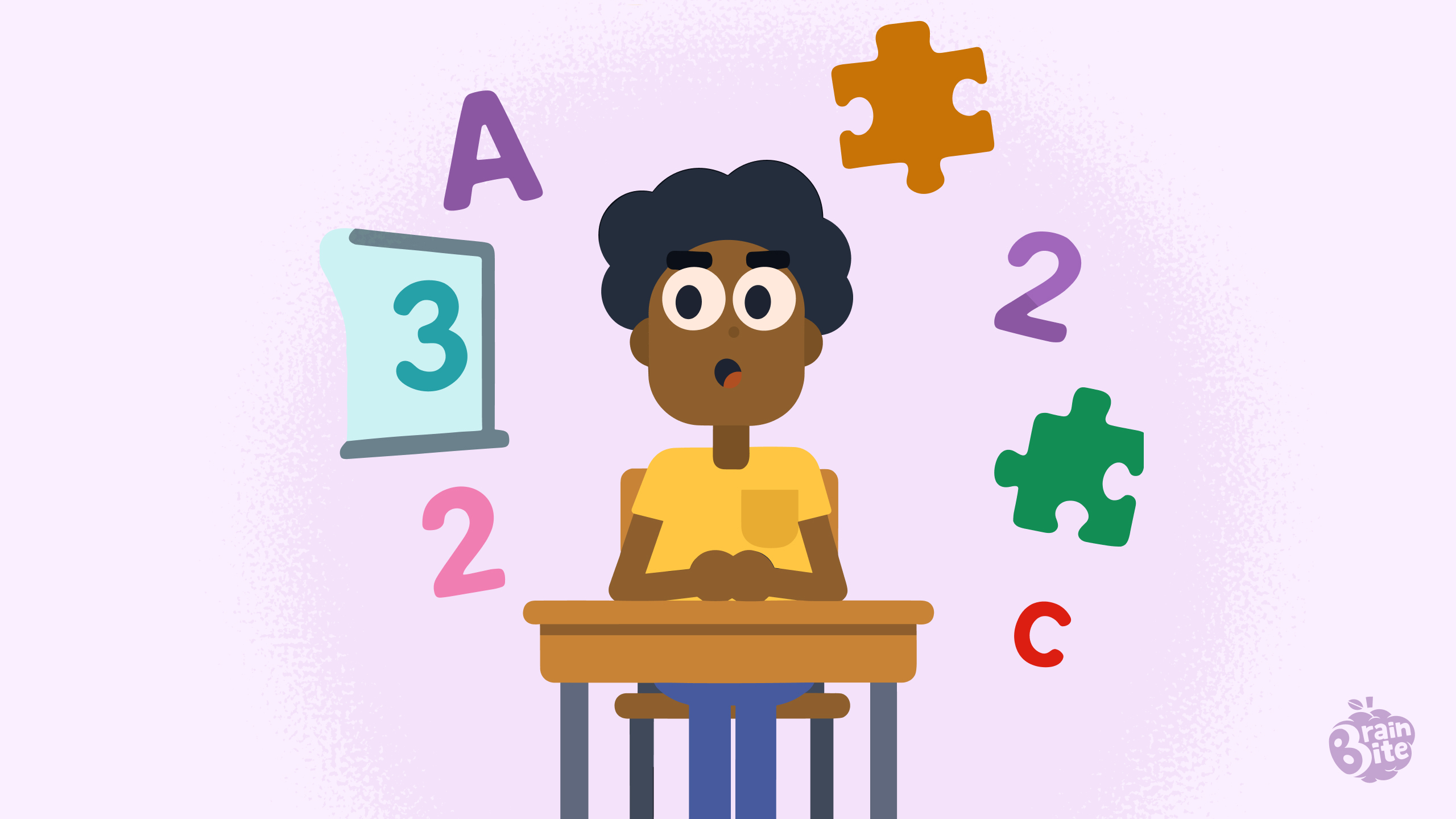Children with learning difficulties thrive when supported through personalized education, adaptive tools, and understanding of their unique needs. By fostering supportive environments and using technologies like AI tutors or multisensory apps, parents and educators can help kids build confidence and succeed beyond their challenges.
Learning difficulties are a critical challenge for many children. These challenges not only cause children to have difficulty learning new concepts but also create barriers between children and their peers. Nevertheless, reimagining education and helping children adapt to these challenges ensure that kids with learning difficulties thrive without being defined by their struggles. In this article, we will explore how personalized education can empower kids with AD(H)D or dyslexia, through novel adaptive learning technologies.

Medications or special learning techniques might ease some of the challenges, especially regarding learning. However, many other factors impact the overall wellbeing of the child. Parents who are trying to learn how to help kids with learning difficulties often miss that the real help starts with understanding their children’s needs. Rather than focusing on “fixing” children, parents should aim for adaptation while addressing unique needs.
Helping kids with learning difficulties, like ADHD or dyslexia, means adapting support to their unique needs so they can thrive without feeling defined by their challenges. Here are five practical ways to support kids with learning difficulties:
These strategies help kids with learning difficulties succeed by adapting to their needs and celebrating their unique strengths, ensuring they feel capable and empowered.
Personalized education is key to success. Educational apps are a fantastic tool for kids in general but especially for kids with learning difficulties. Apps with gamified lessons, such as structured reading exercises for dyslexia or focus-building tasks for ADHD, let kids learn at home without costly tutors. Platforms like BrainBite offer AI tutor courses for kids in a variety of subjects that are aligned with their age group and school curriculum.
Parents can limit screen time by choosing these purposeful apps, turning tech into a positive force for growth. So, how to help kids with learning difficulties requires more than pills; it demands changes like truly understanding them and benefiting from targeted tools.
Helping kids with learning difficulties starts with understanding their unique needs rather than trying to “fix” them. By focusing on personalized education, parents and teachers can create supportive environments that nurture each child’s strengths. Adaptive strategies—like consistent routines, one-on-one tutoring, and multisensory tools—allow children with ADHD or dyslexia to learn in ways that suit them best. Technology also plays a vital role, with educational apps and AI-powered tools offering tailored learning experiences that build confidence and independence. Ultimately, supporting these kids means empowering them to thrive through empathy, adaptation, and innovative learning methods.